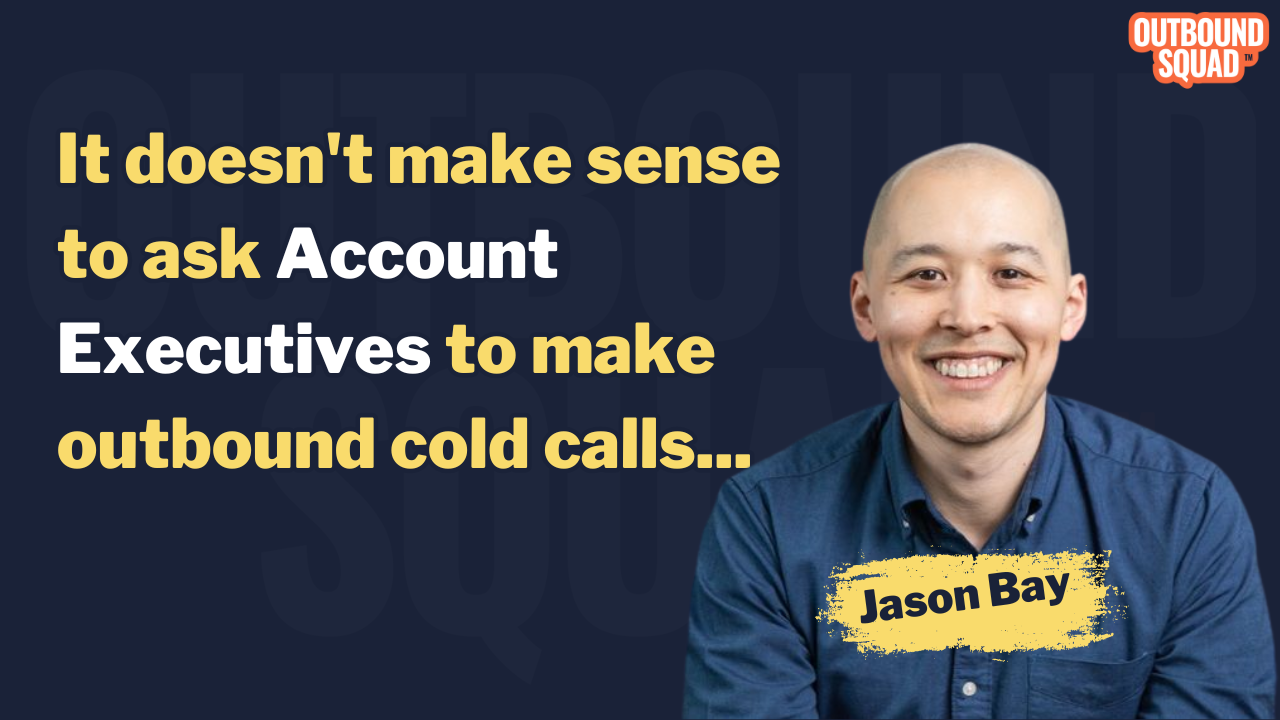
Demand avoidance: The #1 cause for the lack of adoption with reps
Demand avoidance: The #1 cause for the lack of adoption with reps.
The more you try to control reps, the more rebellious they'll be. It's simple psychology.
Demand avoidance is an involuntary nervous system response that makes us crave autonomy and reject anything that gets in the way of it.
Take SDR teams for example. Micromanagement is rampant among SDR leaders.
- Canned sequences with little/no personalization
- Super salesy, canned cold call scripts
- Hourly adherence to structured calendar blocks
This isn't the best way to create buy-in across your sales org.
Reps are told to stand in line and follow orders. This isn't the military dude!
Try these strategies to create higher buy-in adoption:
✅ Shared creation
Pull your best reps together, AEs & SDRs. Start with a small group of 10 or less.
Grab recordings, transcripts, etc of their best sales calls and cold calls. Use that as a starting point to create better messaging.
Then run a workshop with their group to build new scripts and templates together.
Make them feel like they're a part of the process.
When you roll out this content to the rest of the org, it will have more of a "for us, by us" feel to it.
✅ Provide multiple options
There isn't ONE best way to do anything. Take objection handling for example.
I've personally seen half a dozen great ways to respond to, "Send me an email."
Gather the best 2-3 ways to respond to objections. Or cold call openers.
Provide options to reps.
✅ Collect feedback
People love to provide input. You can never really improve anything with a feedback loop.
Here are a few ideas:
- Send out short surveys asking what could be better
- Collect feedback during enablement calls
- Ask managers to gather feedback
- Ask managers for their feedback
etc.
~~~
Adoption is certainly multi-faceted, but it isn't rocket science.
How do you create buy-in within your sales org?
Ready to chat?
.svg)
.svg)
.svg)
.png)


